<< Previous | Displaying results 76-100 of 457 for "jewish prisoners" | Next >>
Under the most adverse conditions, Jewish prisoners initiated resistance and uprisings in some Nazi camps, including the Sobibor killing center.
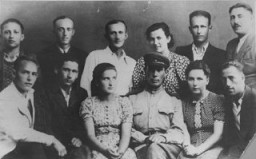
Learn about the subcamps of the SS-established Herzogenbusch concentration camp in the Netherlands, including Amersfoort, Arnheim, Eindhoven, and others.
The Nazis opened the Natzweiler-Struthof concentration camp in 1941. Learn more about the camp, its prisoners, and forced labor and medical experiments.
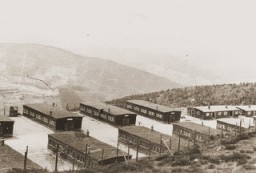
To carry out the mass murder of Europe's Jews, the Nazis established killing centers that used assembly-line methods of murder. Sobibor was among these facilities.

In 1940, the Nazis established Lublin (Majdanek) concentration camp in Lublin, Poland. Learn more about camp conditions.
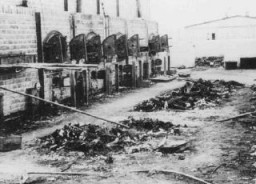
Learn about the Gross-Rosen camp, including its establishment, prisoner population, subcamps, forced labor, and liberation.
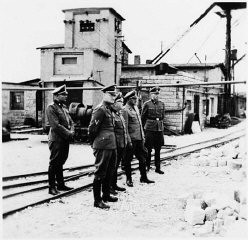
Explore a timeline of key events in the history of the Lublin/Majdanek camp in German-occupied Poland.
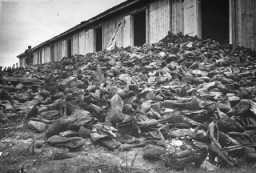
The Auschwitz camp system, located in German-occupied Poland, was a complex of 3 camps, including a killing center. Learn about the history of Auschwitz.
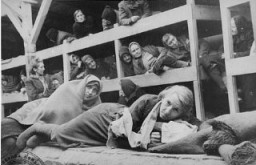
German authorities established the Vittel internment camp in occupied France in 1941. It belonged to the complex of POW camps designated Frontstalag 194.
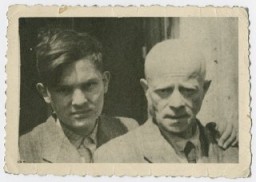
In July 1936, the SS opened the Sachsenhausen concentration camp as the principal concentration camp for the Berlin area.
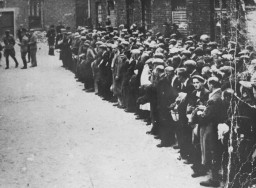
Learn about the network of camps that the French collaborationist Vichy authorities established in Algeria, Morocco, Tunisia, and French West Africa.
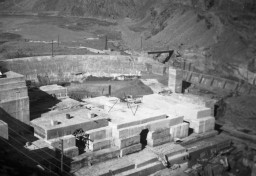
The Nazis established killing centers in German-occupied Europe during WWII. They built these killing centers for the mass murder of human beings.
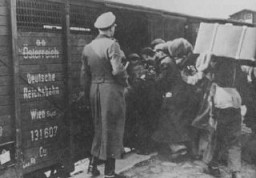
Explore a timeline of key events during 1945 in the history of Nazi Germany, World War II, the Holocaust, and liberation and the aftermath of the Holocaust.
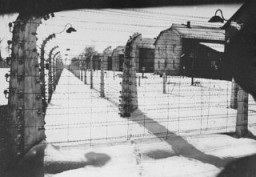
Budy was one of more than 40 subcamps that the SS administered as part of the Auschwitz camp complex. Learn more.
Explore key dates in the history of the Theresienstadt camp/ghetto, which served multiple purposes during its existence from 1941-45.

The Germans established the Breendonk internment camp in a fortress near Antwerp, Belgium. Hundreds of people died there by torture, executions, and harsh conditions.
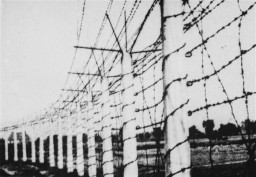
The Mauthausen concentration camp was established following the Nazi incorporation of Austria in 1938. Learn about the harsh conditions in the camp.
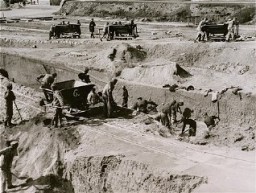
Learn about Fürstengrube subcamp of Auschwitz, including its establishment, administration, prisoner population, and forced labor and conditions in the camp.
Dachau was the first and longest operating Nazi concentration camp. Learn about the camp's early years, prisoners, medical experiments, and liberation.
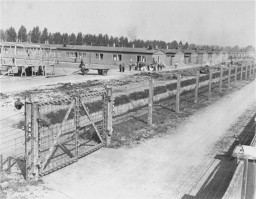
Under the Vichy regime, the Les Milles camp held foreign Jews before emigration or, in most cases, deportation to German concentration camps and killing centers.
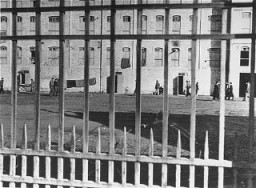
Learn about the Nazi concentration camp system between 1942 and 1945. Read about forced labor, evacuations, medical experiments, and liberation during this period.
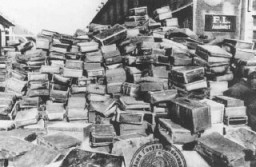
The Germans established the Blechhammer camp as a subcamp of Auschwitz in April 1941. Learn about the camp's history and conditions there.
Learn about Operation “Harvest Festival” (Aktion “Erntefest”), the Nazi attack against the remaining Jews of the Lublin District of the General Government.
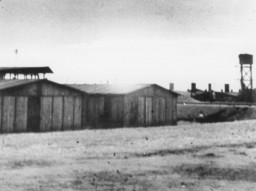
The Herzogenbusch concentration camp in the Netherlands began functioning in January 1943. Learn about its establishment, administration, prisoners, and conditions there.
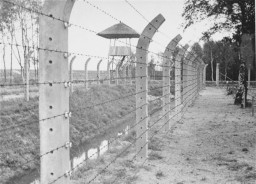
Explore a timeline of key events during 1944 in the history of Nazi Germany, World War II, and the Holocaust.
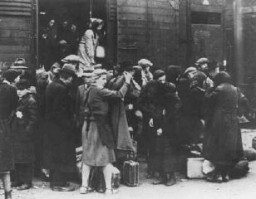
We would like to thank Crown Family Philanthropies, Abe and Ida Cooper Foundation, the Claims Conference, EVZ, and BMF for supporting the ongoing work to create content and resources for the Holocaust Encyclopedia. View the list of donor acknowledgement.